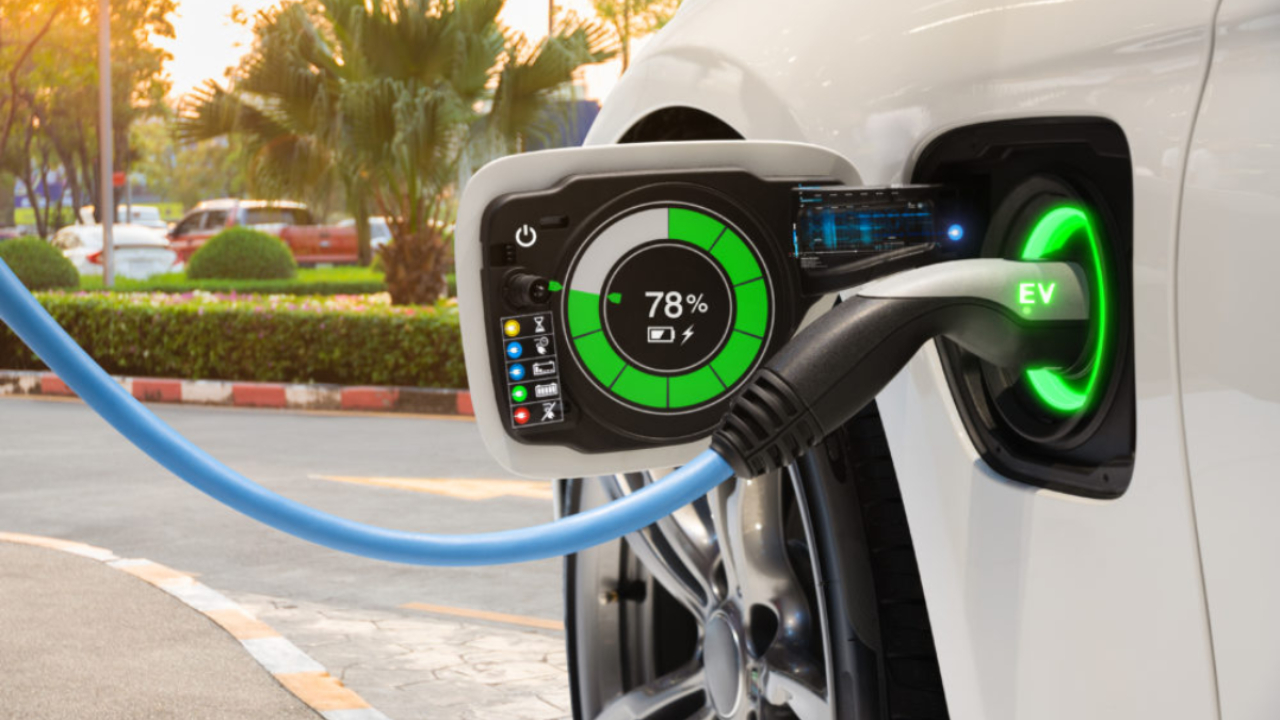Electric Vehicles or EVs are gaining prominence in Indian cities these days. One can see so many electric automobiles, electric two-wheelers (bikes, scooters) on roads today. So what about the future of Electric Vehicles in Indian villages? Is there any potential to make them productive in the village too? Let’s discuss the actual future of EVs in Indian villages using simple and basic words.
The Bright Side – The Way EVs Will Operate in Villages
1. Inexpensive to Operate
One of the largest perks of EVs is that they do not employ petrol or diesel. They run on electricity. This implies that villagers will have the ability to generate savings in fuel. Particular those moving every day to farms, for local livelihood, or to near-by markets.
2. Environmental Friendly
Electric cars do not emit toxic smoke. So, they keep the air clean. Villages are already cleaner than cities in terms of air. EV usage will ensure that clean and green environment remains intact.
3. Suitable for Short Distances
In villages, people only cover short distances—to surrounding markets, schools, or farms. EVs such as electric scooters and light vehicles are most suitable for that daily usage.
4. New Models Are on the Way
Automobile and scooter manufacturers are now producing less expensive EVs. Even there are EVs for rural roads. These vehicles have been made affordable by government subsidy schemes.
The Challenges – What Makes It Difficult?
1. Lack of Charging Stations
One of the largest challenges is charging. Villages have few charging points. There are even places that have power cuts. It is difficult to use EVs with proper planning due to this.
2. Villagers Don’t Know Much About EVs
Villagers never hear of electric vehicles. They ride petrol bikes and tractors, with which they are accustomed. EVs are also unknown and fresh in their minds.
3. Additional Purchase Price
Even though EVs save money on fuel, they are expensive compared to conventional cars and motorcycles to buy first. To villagers’ middle- or lower-class families, buying an EV may be too pricey.
4. Repair and Maintenance Problems
EVs require special spare parts and servicing. EVs have fewer service centers in villages. If anything gets damaged, it takes a long time to repair.
